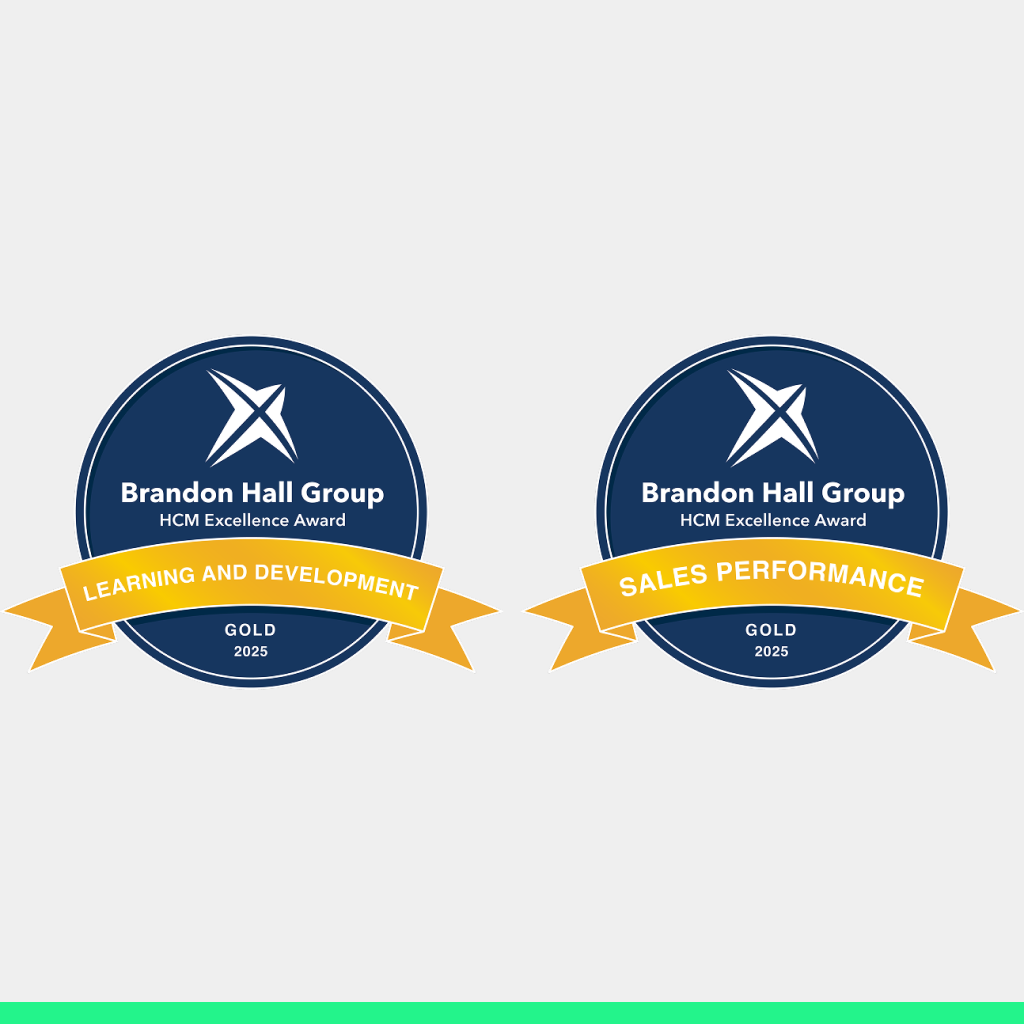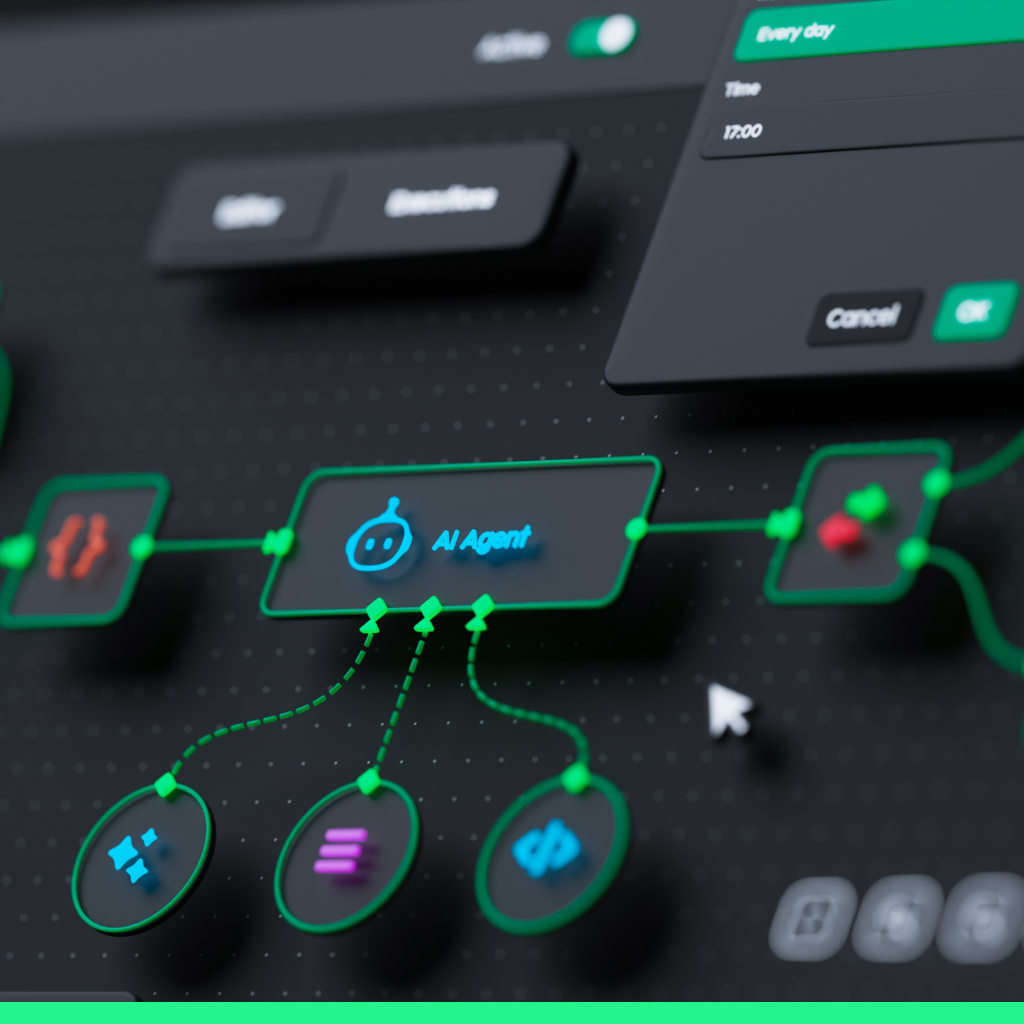A common criticism of online learning is that it only serves as enrichment for advanced students or as a leg-up for already privileged audiences. But online learning is a tool. It can be used to address the needs of any group of learners.
If reaching diverse audiences and helping less proficient students reach their potential are goals (and they should be), online learning can be designed to achieve these goals. Today.
The problem is not with online courses per se, it’s with the design of most online programs. In higher education, just as many large, in-class lectures don’t support the needs of less proficient students, many online programs are built as extensions of their on-campus classes and, therefore, achieve the same results. And for professional development or corporate training use cases, it’s easy to slip into established patterns that don’t take into account the needs of a diverse workforce.
Designing Digital Learning in Higher Education
Most institutions anchor their thinking about online learning to their existing on-campus courses. This approach is limiting at best, and a recipe for mediocrity in many cases.
Instead of thinking about a new online initiative—whether it’s a single course or an entire degree program—as a generic rework of an on-campus course, we must approach it as an entirely new educational experience. One that embraces adaptive learning techniques and demands that we evaluate all the requirements and ensure the program is designed with specific learners in mind.
Online learning experiences that embrace learner variability can be designed to be engaging, differentiating and produce great student experiences and outcomes—for those with strong academic skills as well as less proficient students.
A learner-centric approach leverages the latest techniques in learning science and advances in technology to foster learner engagement and create opportunities for collaboration and active learning, thereby resulting in more impactful learning experiences.
It puts the learner and the pedagogy of the institution at the forefront of course design decisions.
Digital learning experiences offer universities and faculty the opportunity to open the black box of student learning. Instead of offering course materials and waiting for students to ask for help, instructors can utilize formative assessment tools to get greater clarity on where students are struggling and then offer targeted support.
Online learning can also break down the time-boxed nature of student support.
Students can receive instructor help via just-in-time video conferencing, or reach out to peers for guidance through chat tools. Furthermore, learning moments themselves can be designed with support for struggling learners in mind by offering suggestions for further explanation or assistance as part of courseware.
This concept of human support in online learning is an important one. There are few scenarios in which a learning experience can be fully automated and asynchronously delivered. In fact, especially in situations where there is a mix of academically advanced and challenged students, purely asynchronous learning is not the right fit.
Frequently, when online learning falls short, the experience has been designed without regard for the learners’ needs.
In these instances, the instructor has usually just taken an in-person course, shot some video, created some slides and thrown it up on their LMS and called it an online course. Learner needs should be the primary consideration and the learning experience should support those.
It’s crucial that we are asking the right questions when developing online courses.
Designing a course around “what am I able to do with this technology?” produces an entirely different product than designing around the question “what learning experience would be best for these learners?”
We have to ask the right questions and ensure we are taking a pedagogy-driven, learner-centric approach to achieve the right solutions–for all learners.
Digital Learning Design for Extended Enterprise Training and Customer Education
Corporate learning audiences are segmented differently from academic ones, but many of the principles apply to reaching diverse learner groups. An employee with 25 years of management experience should not be subjected to the same leadership training as a first-year manager. Power users of your B2B SaaS product require different support than novices. To create corporate learning experiences that go beyond “checking the box” to produce measurable business outcomes, learner personas must be well understood, and learner engagement must be a priority.
Our High Engagement at Scale(R) model provides an actionable framework for making strategic decisions on designing and building innovative, differentiated digital learning experiences. The framework allows learning leaders to measure learner engagement across 5 key components.
When evaluating new technology choices–a generative AI chatbot, sandbox environments, an LMS for a customer academy–applying High Engagement at Scale® principles helps us quantify learner engagement. This ensures that the learning experience centers on what learners actually need rather than what is convenient for an organization to deliver. And strategically centering learners in each technology choice means that a learning experience will achieve its objective– better sales performance, faster product adoption, lower customer support costs, and, most importantly, return on investment.
So, the same question that drives exceptional online learning at universities applies to the corporate world as well: what learning experience would be best for this particular group of learners?
This blog post was originally published on March 21, 2018. It was updated January 2, 2025.



